Since taking over the SDF leadership, Osih has overseen changes including a modification of the party logo
By Timothy Enongene, Political Desk –
BUEA – 12 August 2025. As Ambazonians observe from a distance the unfolding political drama in neighbouring La République du Cameroun (LRC) ahead of the 2025 presidential election, questions persist about how Mr Joshua Nambangi Osih rose to lead the Social Democratic Front (SDF) — once the main opposition party.
From South West Gap to Douala Stronghold
Party insiders recall that the turning point came during the 2004 Muna/Ngwasiri crisis and the subsequent resignation of Secretary General Professor Tazoacha Asonganyi, followed by other departures — notably from Lebialem. At the time, the SDF lacked a strong South West presence. Critics say Mr Osih seized this opportunity to position himself as a leading South West figure.
After unsuccessful attempts to win a parliamentary seat in Ndian, Mr Osih shifted to Douala, where his bilingualism and Anglophone identity gained him recognition. Supporters argue this was strategic political adaptability; detractors call it opportunism.
Relations Inside the Party
Once in Douala, Osih reportedly built ties with key figures close to Chairman John Fru Ndi. Critics claim that under Fru Ndi’s leadership — described by some former members as “centralised” or “dictatorial” — Mr Osih gradually consolidated influence, sidelining potential rivals. One high-profile controversy was the dismissal of over 30 party officials who had called for an audit of campaign funds from the 2011 presidential race and urged Osih to withdraw his signature from a 2021 letter co-signed with 61 CPDM MPs urging the United States to deport Ambazonian activists.
Mr Osih has defended his political decisions as being in the best interest of party strategy and national unity.
The 2019 NEC Decision and 2020 Elections
Records show that in 2019, the SDF National Executive Committee (NEC) resolved not to participate in the twin elections due to the armed conflict in the North West and South West. Weeks later, Fru Ndi — then on medical leave in the U.S. — reversed this decision. Sources within the party say Osih supported the reversal; others note that NEC minutes at the time were not publicly released.
In 2020, the SDF won five seats but nonetheless secured Osih a position as Questeur in the National Assembly Bureau — a role typically reserved for parties with at least 15 seats. The procedure for this appointment remains unclear, leading to speculation about behind-the-scenes arrangements. Osih has not publicly detailed how the agreement was reached.
Relationship with Other SDF Figures
Relations with “Le Combattant” Jean Michel Nintcheu, MP for Wouri East, reportedly deteriorated after the 2020 parliamentary appointments. Some party insiders allege that this was part of a broader effort to consolidate control ahead of Osih’s eventual succession as SDF Chairman. Supporters counter that such rifts are common in competitive party politics.
Alleged Links to the Regime
Critics suggest Osih’s ability to navigate high-level appointments with a small parliamentary bloc points to a pragmatic relationship with the ruling CPDM. Supporters argue this shows political skill and a willingness to work across party lines.
Policy Positions and the Anglophone Crisis
On the campaign trail, Osih has pledged to resolve the “Anglophone crisis” within 100 days if elected, including holding a referendum on the form of the state. Critics question how this aligns with his support for the 2021 letter urging the U.S. to deport Ambazonian activists. Osih has said his focus is on restoring peace and unity, but has not specified whether Ambazonian self-determination would be part of his proposed referendum.
Questions of Origin and Identity
Some Ambazonians question whether Osih’s paternal roots in Ndian are genuine, with rumours of possible lineage links to Cameroon’s South Province. His family’s reported investments in Kribi — and the absence of equivalent projects in the South West — have also been noted by political commentators. Osih has not publicly addressed these claims, and there is no public record disproving them.
The SDF’s Future
Since taking over the SDF leadership, Osih has overseen changes including a modification of the party logo. He has also instructed members to seek clearance before media appearances — a policy he says is meant to maintain message discipline. Critics argue it stifles internal debate.
What remains undisputed is that the SDF — once seen as the voice of the oppressed across Cameroon — is now a diminished force in national politics. Whether this is due to Osih’s leadership style, the changing political environment, or a combination of both remains a matter of public debate.
Final Observations
In the interest of fairness, The Independentist notes that in a free Ambazonia, under President Dr Samuel Ikome Sako’s leadership, every public official — whether in exile or in the homeland — would be expected to meet the same standards of transparency, accountability, and representation.
As the 2025 elections approach, these questions are not accusations but matters of legitimate public interest. Ambazonians, and indeed all Cameroonians, have a right to hear Mr Osih’s answers — openly, clearly, and without delay.
Timothy Enongene, Political Desk –





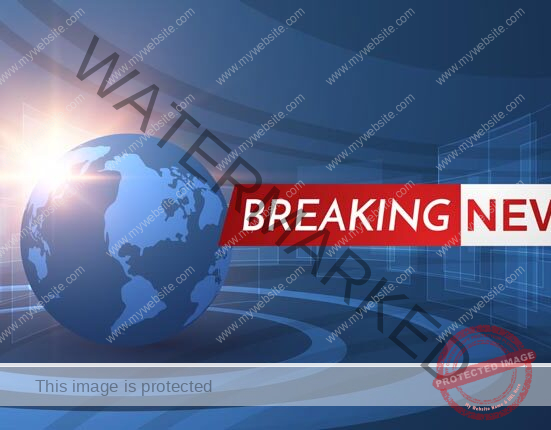

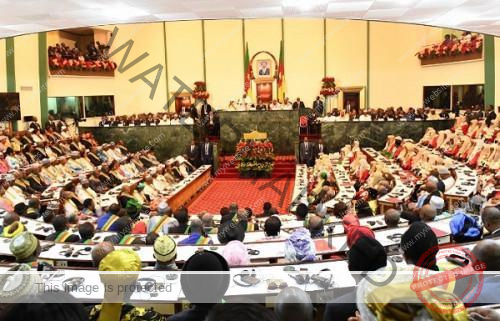





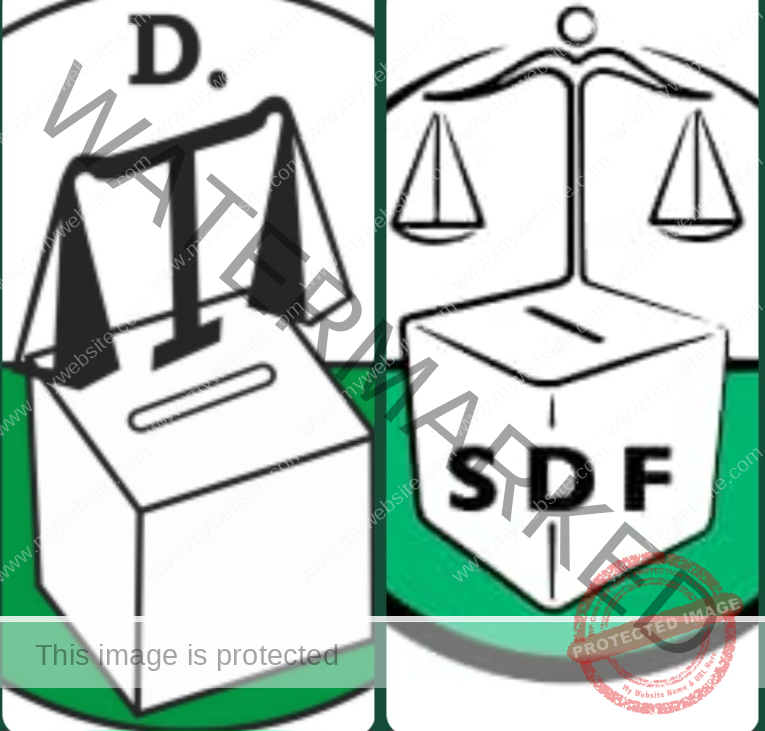
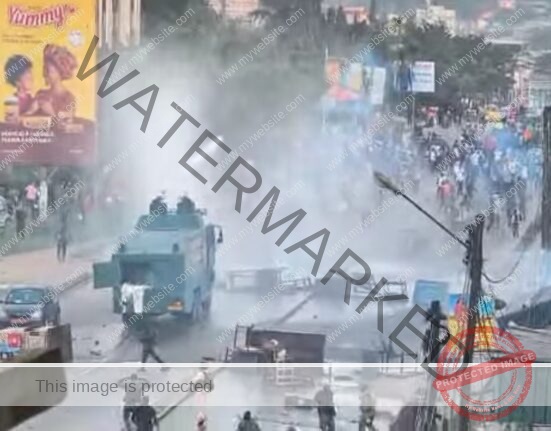
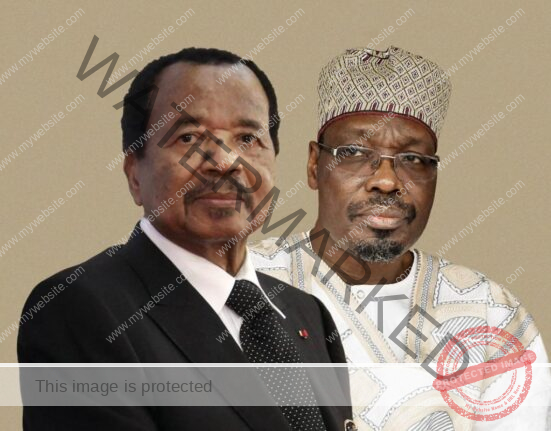
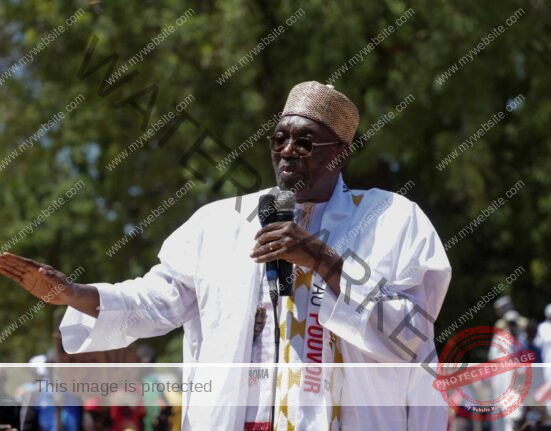


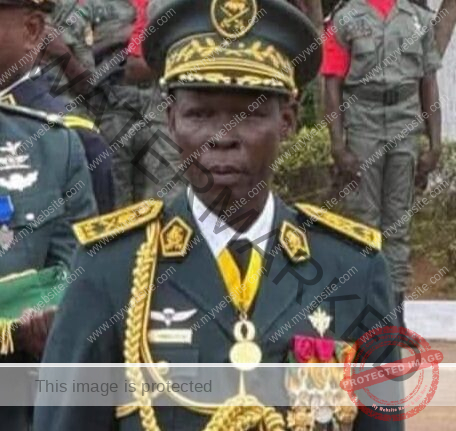

Leave feedback about this